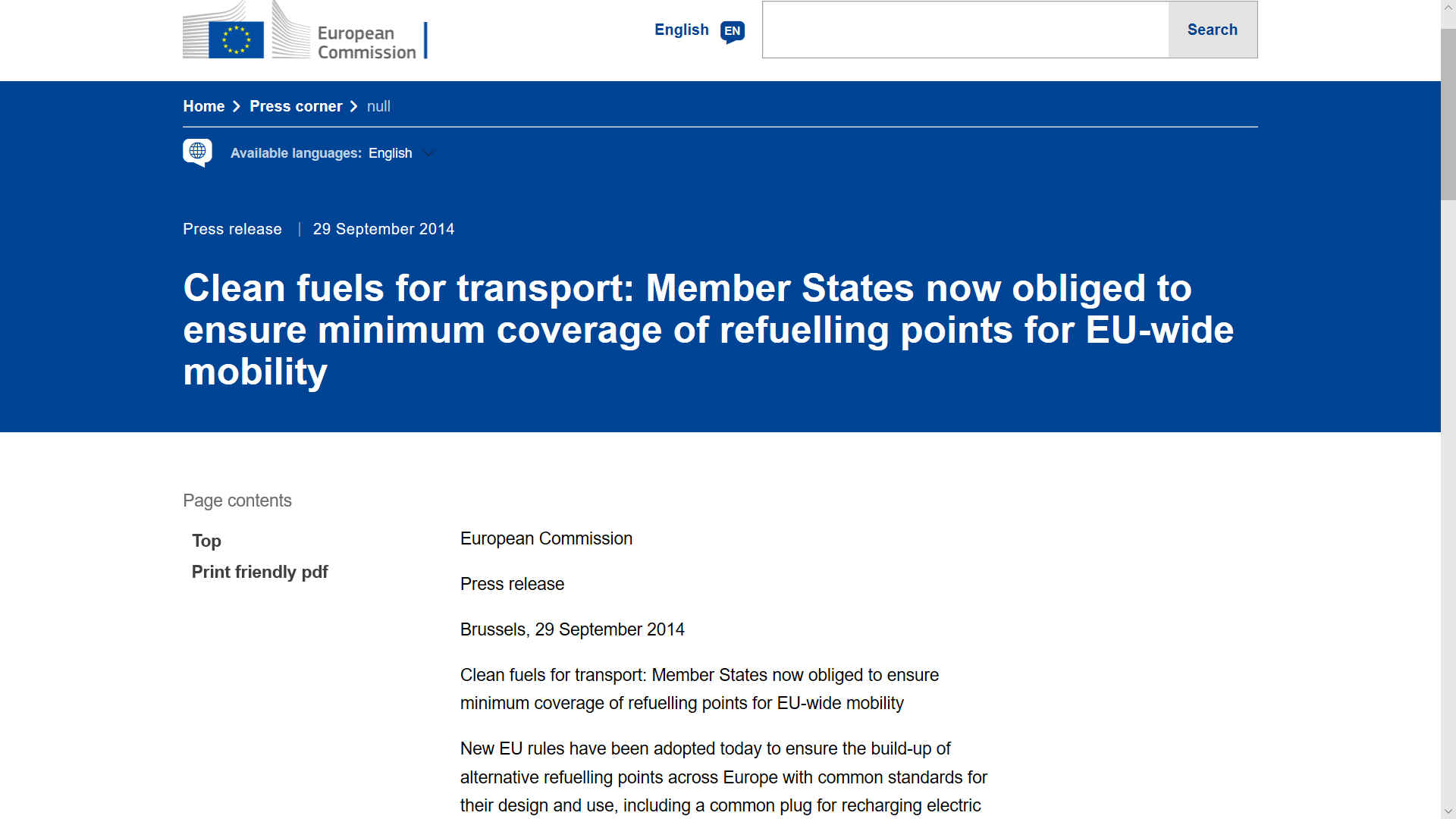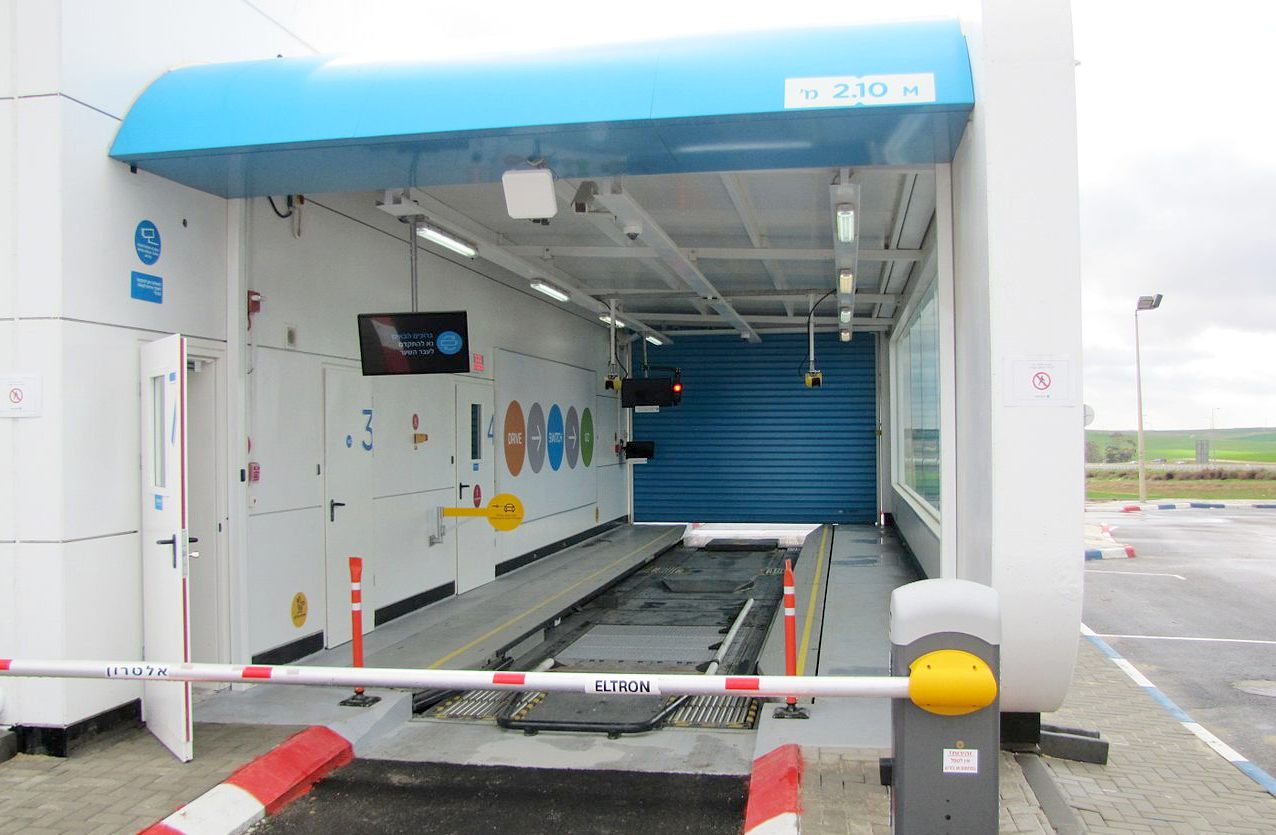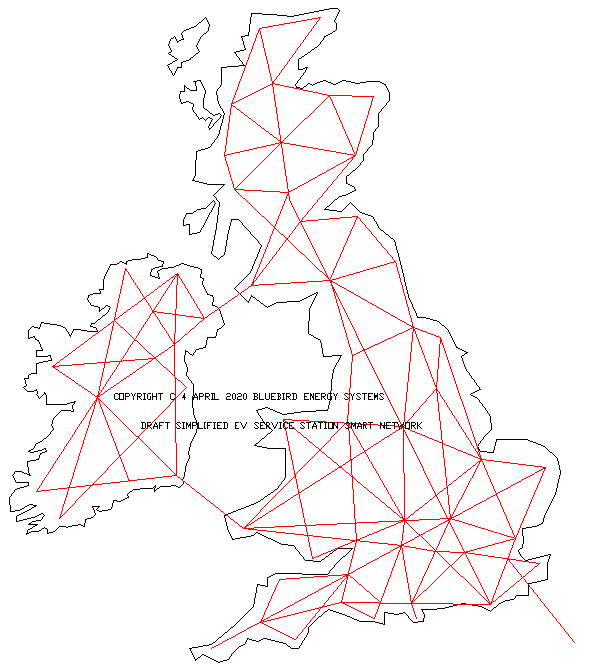|
MOBILITY SECURITY
Please use our A-Z INDEX to navigate this site or see HOME
|
||||||||||||||||||||||||||||||||
MOBILITY & TRANSPORT - According to EU directives we should have electric vehicle charging points in situ by the end of 2020. Is that going to happen? Not a chance! There is a slight possibility that shoreside supplies might make it by 2025.
Without the requisite number of charging points to cope with 300 million vehicles in Europe, we will have a serious energy requirement deficiency - if that is - the aim is to clean up our act to try to beat global warming.
The International Energy Agency (IEA) defines energy security as the uninterrupted availability of energy sources at an affordable price. Energy security has many aspects: long-term energy security mainly deals with timely investments to supply energy in line with economic developments and environmental needs.
Short-term energy security focuses on the ability of the energy system to react promptly to sudden changes in the supply-demand balance.
In terms of transport, in not so many years oil will not be allowed to be used to fuel petrol and diesel engines. The demand for zero emissions from transport, dictates that energy storage and transfer systems will be needed to ensure sufficient energy is available for cars, vans and trucks.
Without a high level of security, any country is at risk economically and in relation to every day life support such as food deliveries, ambulances and just getting to work or a job done.
Internationally, we rely on food and raw material deliveries, and goods for trade. Hence for shipping we need zero emission ships. Whereas for road transport, we need a method of fast charging electric vehicles that manufacturers might share in and endorse, or develop compatible variations of, such as to create a sustainable infrastructure.
EU
MOBILITY & TRANSPORT - ALTERNATIVE FUELS FOR SUSTAINABILITY
Research and technological development have led to successful demonstrations of alternative fuel solutions for all transport modes. Market take-up, however, requires additional policy action.
A Communication laying out a comprehensive European alternative fuels strategy [COM(2013)17], for the long-term substitution of oil as energy source in all modes of transport;
An accompanying Impact Assessment [SWD(2013)5];
A Staff Working Document setting out the needs in terms of market conditions, regulations, codes and standards for a broad market uptake of LNG in the shipping sector [SWD(2013)4].
The final Directive, as adopted by the European Parliament and the Council on 29 September 2014 following the inter-institutional negotiations:
Foresees the use of common technical specifications for recharging and refuelling stations;
Paves the way for setting up appropriate consumer information on alternative fuels, including a clear and sound price comparison methodology.
The required coverage and the timings by which this coverage must have been put in place is as follows:
Clearly, member states will fail to supply charging points for EVs as per the first item - by the end of 2020.
Directive 2014/94/EU requires Member States to notify to the European Commission National Policy Frameworks (NPFs) for the development of the market as regards alternative fuels in the transport sector and the deployment of the relevant infrastructure.
To implement Article 10.2 of Directive 2014/94/EU, the Commission carried out an assessment of the NPFs and their coherence at Union level, including an evaluation of the level of attainment of the national targets and objectives referred to in Article 3 (1) of the Directive. The relevant Staff Working Document SWD/2017/0365 and the accompanying Member States fiches were adopted by the Commission as part of the Clean Mobility Package (Mobility package II).
These documents did not include the assessment of the NPFs of Greece, Malta, Romania and Slovenia, due to either late submission or the need for translations that would have delayed the adoption procedure. The updated Commission Report on the Assessment of the Member States National Policy Frameworks for the development of the market as regards alternative fuels in the transport sector and the deployment of the relevant infrastructure pursuant to Article 10 (2) of Directive 2014/94/EU includes the assessment of the NPFs of the above-mentioned Member States and an update of the overall assessment to reflect these new NPFs.
BETTER PLACE - Better, it might have been, but future proofed enough for a developing market, it was not. This early battery cartridge exchange station from Better Place, was a stepping stone in the evolution of the electric vehicle. We should not undervalue the efforts of those brave engineers who took a chance and failed. Because with each failure we know to look elsewhere for a solution. Success is built on considered failures. The epitome of perseverance in the face of adversity is Thomas Edison, when developing the incandescent light bulb.
European Commission - Press release - Brussels, 29 September 2014
Clean fuels for transport: Member States now obliged to ensure minimum coverage of refuelling points for EU-wide mobility
New EU rules have been adopted today to ensure the build-up of alternative refuelling points across Europe with common standards for their design and use, including a common plug for recharging electric vehicles. Member States must set and make public their targets and present their national policy frameworks by end-2016.
"Alternative fuels are key to improving the security of energy supply, reducing the impact of transport on the environment and boosting EU competitiveness", said Commission Vice-President Siim Kallas, commissioner for transport. "With these new rules, the EU provides long-awaited legal certainty for companies to start investing, and the possibility for economies of scale. EU Member States requested flexibility in deploying the infrastructure. It is now up to them to develop the right national policy frameworks.”
Up to now, clean fuels have been held back by three main barriers: the high cost of vehicles, a low level of consumer acceptance, and the lack of recharging and refuelling stations. This is a vicious circle. With the new "directive for the deployment of the alternative fuels infrastructure", Member States will have to provide a minimum infrastructure for alternative fuels such as electricity, hydrogen and natural gas, as well as common EU-wide standards for equipment needed and user information. Access to liquefied natural gas (LNG) for inland barges and maritime ships will provide a realistic option to meet challenges on lower emissions, in particular stricter sulphur emission limits in sensitive areas.
The directive sets a regulatory framework for the following fuels:
Electricity: The directive requires Member States to set targets for recharging points accessible to the public, to be built by 2020, to ensure that electric vehicles can circulate at least in urban and suburban agglomerations. Targets should ideally foresee a minimum of one recharging point per ten electric vehicles. Moreover, the directive makes it mandatory to use a common plug all across the EU, which will allow EU-wide mobility.
Liquefied Natural Gas (LNG): Natural gas/bio-methane vehicles offer today a well-developed technology, with performances and cost equivalent to petrol or diesel units and with clean exhaust emissions.
Natural gas use in trucks and ships can substitute diesel. For the development of LNG for road transport, Member States have to ensure a sufficient number of publicly accessible refuelling points, with common standards, on the TEN-T core network (see IP/13/948), ideally every 400 km, to be built by end-2025. The directive also requires a minimum coverage to ensure accessibility of LNG in main maritime and inland ports.
Compressed Natural Gas (CNG): The directive requires Member States to ensure a sufficient number of publicly accessible refuelling points, with common standards, to allow the circulation of CNG vehicles, both in urban and sub-urban areas as well as on the TEN-T core network, ideally every 150 km, to be built by end-2025.
Hydrogen: The directive aims at ensuring a sufficient number of publicly accessible refuelling points, with common standards, in the Member States who opt for hydrogen infrastructure, to be built by end-2025.
In addition, the directive requires that clear information is given to consumers about the fuels that can be used by a vehicle, using standardised labelling in vehicle manuals, at dealerships and on the recharging and refuelling points. It also aims at providing clear information to users to compare alternative fuel prices with conventional fuel prices.
Moreover, Member States must ensure that information about the geographical location of publicly accessible recharging and refuelling points is made available in an open and
non-discriminatory
manner.
UK MAP - Draft infrastructure networked grid for the UK to kick-start EV service station building, aiming for a low carbon society that is sustainable and climate friendly by 2050 to comply with the targets set by the Climate Change Act 2008. This map is simplified and includes the Republic of Ireland for practical reasons. Supplied by and used with permission of Bluebird Energy Systems. If we use just the intersections and endpoints as likely locations that would mean installing 60+ stations, that could recharge more than the 14,000 charge points in the UK as of January of 2018. Another 1,800 such stations at strategic locations could service all 25,000,000 million vehicles in the United Kingdom. Optimistic, but you have to start somewhere when conceptualizing.
EC CONTACTS
A - Z of CARS and MOTORCYCLES
HYDROGEN FUEL CELL CARTRIDGE - It looks like a battery cartridge. It performs like a battery cartridge. It stores energy like a battery cartridge, but it is a hydrogen fuel store and fuel cell cartridge combination. Where lithium and cobalt raw materials may limit the production numbers of EVs as green motoring becomes the norm, hydrogen in a safe format might offer unlimited possibilities. The concept is compatible with SMARTNET FASTCHARGE service stations. NOTE: This is just a concept, not a product yet. More development is needed before mass production could be entertained.
LINKS & REFERENCE
https://ec.europa.eu/commission/presscorner/detail/en/IP_14_1053 https://ec.europa.eu/transport/themes/urban/cpt_en https://www.energy.gov.au/government-priorities/energy-programs/grid-reliability-fund https://www.energy.gov.au/government-priorities/energy-security/energy-security-assessments/liquid-fuel-security-review https://autotraveler.ru/en/spravka/fuel-price-in-europe.html#.XkYr3252tPY https://www.theaa.com/driving-advice/driving-costs/fuel-prices https://ec.europa.eu/easme/en/section/sme-instrument/eic-accelerator-sme-instrument-funding-opportunities
Please use our A-Z INDEX to navigate this site
|
||||||||||||||||||||||||||||||||
|
This website is provided on a free basis as a public information service. copyright © Climate Change Trust 2021. Solar Studios, BN271RF, United Kingdom.
|




